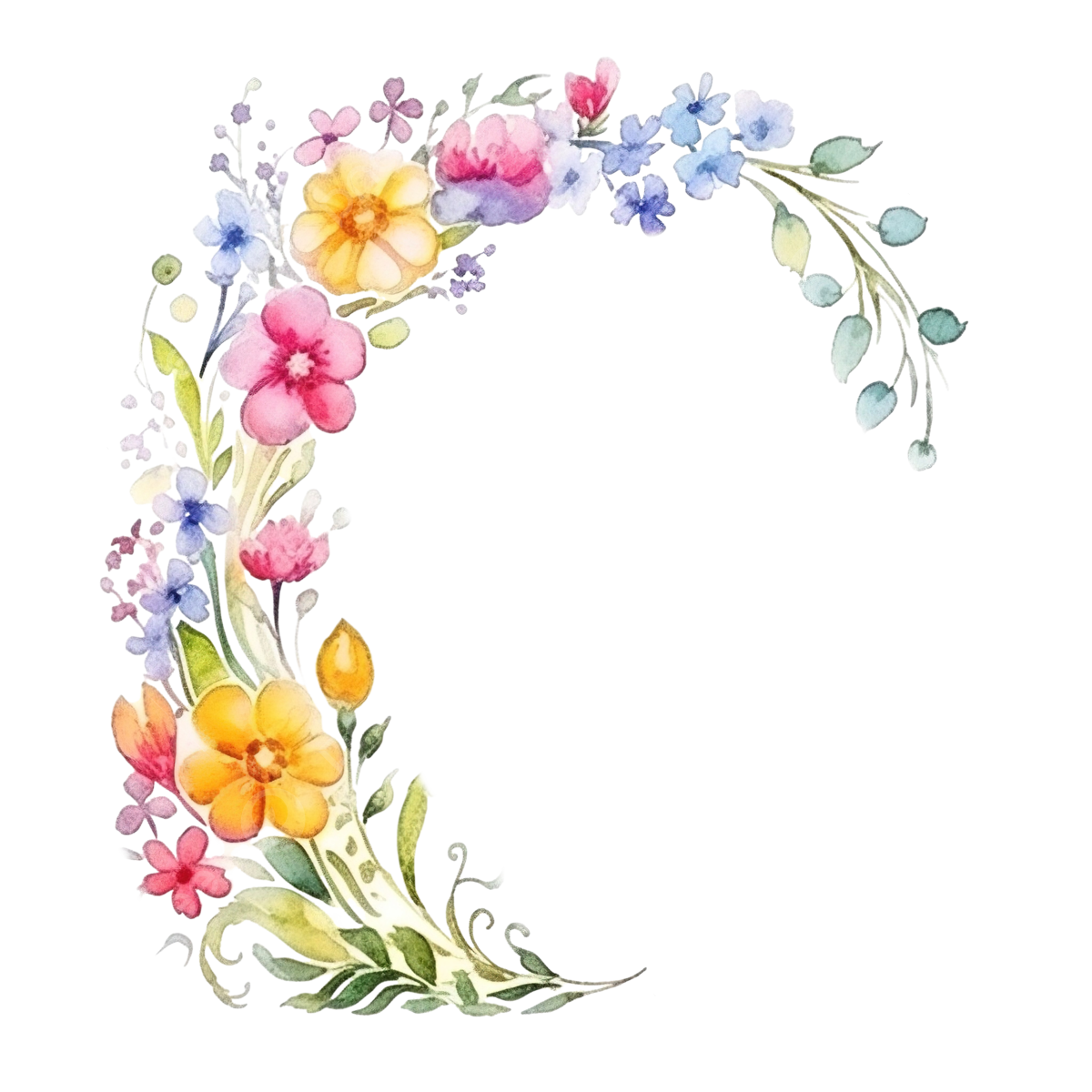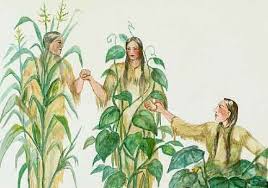
What do you call a bee who’s having a bad hair day? A frizz-bee
Spring is here, time to go wild! Oh what fun to be a child
Grow through what you go through
Call the children out to play, Spring is here with summer on the way!
Green grass pokes between my toes, the scent of flowers fill my nose
Although it’s raining all day long, the drops on my roof sound like a song
Can you hear the birds sing: it’s Spring!
Nights grow short and days grow long, as Springtime comes to sing her song
Cherry blossoms are in bloom, the smell of Spring’s sweet perfume
Breathe deep the smell of nice fresh air, as the Spring wind plays with your hair
Is there anything more beautiful you have seen, than Spring meadows lush and green?
“I don’t have ducks. I don’t have a row. I have squirrels, and they’re at a rave.”

Once upon a time very long ago, there were three sisters who lived together in a field. These sisters were quite different from one another in their size and also in their way of dressing. One of the three was a little sister, so young that she could only crawl at first and she was dressed in green. The second of the three wore a frock of bright yellow and she had a way of running off by herself when the sun shone and the soft wind blew in her face. The third was the eldest sister, standing always very straight and tall above the other sisters and trying to guard them. She wore a pale green shawl, and she had long yellow hair that tossed about her head in the breezes.
There was only one way in which the three sisters were alike. They loved one another very dearly, and they were never separated. They were sure that they would not be able to live apart.
After awhile a stranger came to the field of the three sisters, a little Indian boy. He was as straight as an arrow and as fearless as the eagle that circled the sky above his head. He knew the way of talking to the birds and the small brothers of the earth, the shrew, the chipmunk, and the young foxes. And the three sisters, the one who was just able to crawl, the one in the yellow frock, and the one with the flowing hair, were very much interested in the little Indian boy. They watched him fit his arrow in his bow, saw him carve a bowl with his stone knife, and wondered where he went at night.
Late in the summer of the first coming of the Indian boy to their field, one of the three sisters disappeared. This was the youngest sister in green, the sister who could only creep. She was scarcely able to stand alone in the field unless she had a stick to which she clung. Her sisters mourned for her until the fall, but she did not return.
Once more the Indian boy came to the field of the three sisters. He came to gather reeds at the edge of a stream nearby to make arrow shafts. The two sisters who were left watched him and gazed with wonder at the prints of his moccasins in the earth that marked his trail. That night the second of the sisters left, the one who was dressed in yellow and who always wanted to run away. She left no mark of her going, but it may have been that she set her feet in the moccasin tracks of the little Indian boy.
Now there was but one of the sisters left. Tall and straight she stood in the field not once bowing her head with sorrow, but it seemed to her she could not live there alone. The days grew shorter and the nights were colder. Her green shawl faded and grew thin and old. Her hair, once long and golden, was tangled by the wind. Day and night she sighed for her sisters to return to her, but they did not hear her. Her voice when she tried to call to them was low and plaintive like the wind.
But one day when it was the season of the harvest, the little Indian boy heard the crying of the third sister who had been left to mourn there in the field. He felt sorry for her, and he took her in his arms and carried her to the lodge of his father and mother. Oh what a surprise awaited her there! Her two lost sisters were there in the lodge of the little Indian boy, safe and very glad to see her. They had been curious about the Indian boy, and they had gone home with him to see how and where he lived. They had liked his warm cave so well that they had decided now that winter was coming on to stay with him. And they were doing all they could to be useful.
The little sister in green, now quite grown up, was helping to keep the dinner pot full. The sister in yellow sat on the shelf drying herself, for she planned to fill the dinner pot later. The third sister joined them, ready to grind meal for the Native boy. And the three were never separated again.
 Three Sisters Garden plot design
Three Sisters Garden plot design
Corn, squash and bean seeds. Photo: achievingadventure.com You need a sunny location and well-drained soil. Or if your only garden space is on a terrace or balcony, try one in a container. (True enough, native peoples didn’t grow gardens in pots, but why not innovate?)
Now form a flat-topped mound of earth about 12 in (30 cm) high and 20 in (50 cm) in diameter. The Iroquoians used to bury leftover fish in the mound to nourish the plants, but fish are not as widely available as they once were. (I have mental images of a modern nuclear family dropping frozen fish sticks into the planting hole!) For your 21st century three sisters garden, simply add 3 or 4 handfuls of quality compost or organic fertilizer to the soil, according to the rate recommended on the package in the latter case. Blend well.
Sow the corn first; the others, only after the corn is growing strongly. Photo: www.rustica.fr Sow 4 to 6 seeds of corn in the center of the mound, forming a circle. Sow them at a depth equal to three times the height of the seed. Water well.
When the corn reaches about 6 in (15 cm) in height (you have to give the corn a head start, otherwise its vigorous companions will quickly overwhelm it!), sow another 4 to 6 squash seeds and just as many bean seeds (make sure you use climbing beans, called runner beans) around the outside of the mound, always at a depth of three times the height of the seed. Just alternate the seeds: a squash seed, then a bean seed, then a squash seed, etc. Again, water well.
From there on, just carry out basic maintenance for the rest of the summer, watering and weeding as needed. And harvest the fruits of your labors when they are ripe.
The three sisters garden: a 5,000 thousand-year-old culture that still works just as well in the 21st century!

Read another Legend of the Three Sisters.